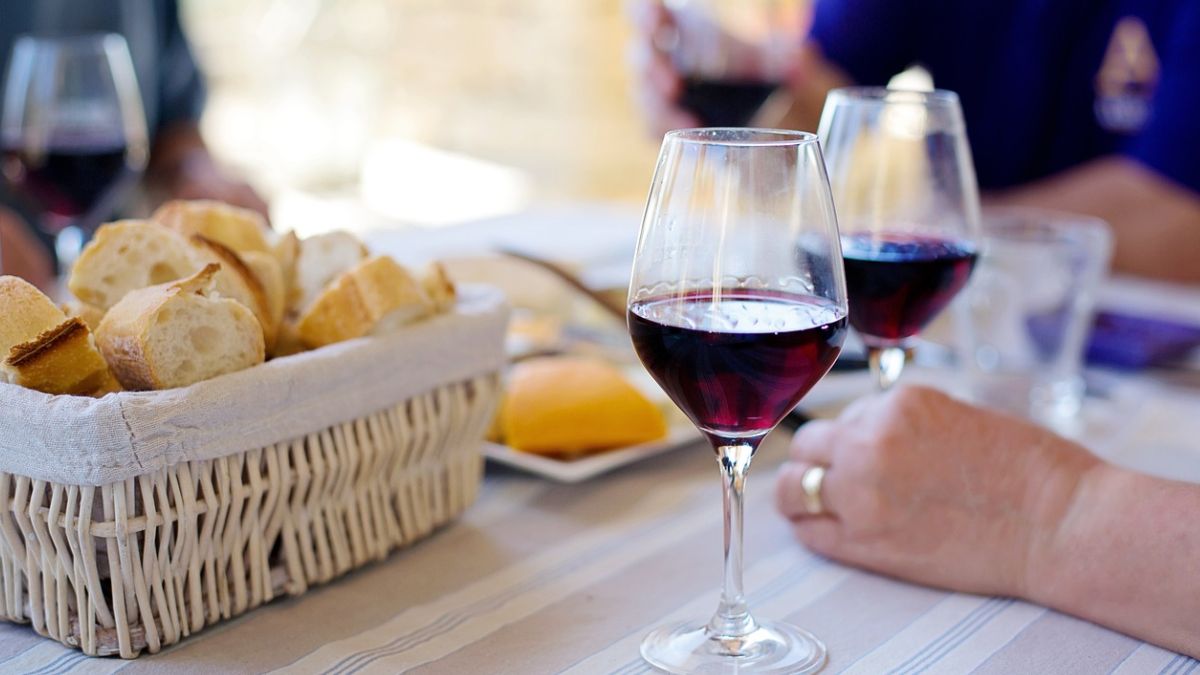Wine, a beverage that has transcended time and borders, holds a unique place in human history and culture. From the vineyards to the cellar, the world of wine is rich with tradition, complexity, and a spectrum of flavors. In this article, we uncover the top 10 intriguing facts about wine, exploring its diverse varieties, winemaking techniques, and the cultural nuances that make it a timeless elixir.
Viticulture and Viniculture – The Art of Winegrowing
Wine production involves two essential processes: viticulture, the cultivation of grapes, and viniculture, the winemaking process. The art of viticulture involves careful cultivation and management of grapevines to ensure the optimal development of grapes. Viniculture encompasses the harvesting, crushing, fermentation, and aging of grapes to create the final wine product.
Wine Varieties – A World of Flavors
The world of wine is a tapestry woven with diverse grape varieties, each contributing unique flavors and characteristics. From the robust Cabernet Sauvignon to the delicate Pinot Noir, and the crisp Sauvignon Blanc to the rich Chardonnay, the spectrum of wine varieties caters to a myriad of preferences, making wine an art form that caters to a broad audience.

Wine Regions – Terroir and Diversity
Wine regions, often referred to as terroirs, play a crucial role in shaping the characteristics of wine. The combination of climate, soil, and topography imparts distinct flavors and aromas to the grapes. From the vineyards of Bordeaux in France to Napa Valley in the United States, and the Barossa Valley in Australia, each wine region boasts a unique terroir that influences the final product.
Wine Aging – A Dance with Time
Wine aging is a pivotal process that enhances the complexity and depth of flavors in a bottle. Wines can be aged in stainless steel tanks, oak barrels, or even in the bottle itself. Red wines, with their higher tannin content, often benefit from aging, allowing them to mellow and develop tertiary flavors. White wines, on the other hand, are typically consumed when young and fresh.
Wine Tasting – The Art of Sensory Exploration
Wine tasting is a sensory journey that involves more than just sipping. The process includes observing the color, swirling to release aromas, and savoring the taste. Professional wine tasters, or sommeliers, are trained to discern nuances in flavor, acidity, and structure. Wine tastings provide enthusiasts with an opportunity to explore and appreciate the intricate qualities of different wines.
Wine and Health – Moderation and Benefits
Moderate wine consumption has been associated with potential health benefits. Red wine, in particular, contains antioxidants such as resveratrol, which may have cardioprotective effects. However, it’s essential to emphasize moderation, as excessive alcohol consumption can have adverse health effects. The key lies in savoring wine responsibly as part of a balanced lifestyle.
Winemaking Techniques – Tradition and Innovation
Winemaking techniques have evolved over centuries, blending tradition with modern innovation. From the ancient method of foot stomping grapes to the use of advanced machinery and temperature-controlled fermentation, winemakers employ a range of techniques to craft wines with precision and artistry. Some winemakers also experiment with alternative approaches, such as natural or orange wines.

Wine Culture – Rituals and Celebrations
Wine has long been an integral part of various cultures, celebrated in rituals and ceremonies. Whether toasting with Champagne during celebrations or sharing a bottle of red wine over dinner, the cultural significance of wine extends far beyond its sensory pleasures. Wine fosters camaraderie, symbolizes milestones, and enriches the tapestry of social traditions.
Wine and Food Pairing – Culinary Harmony
The art of wine and food pairing elevates the dining experience, allowing flavors to harmonize and complement each other. The general rule is to match the intensity of the wine with the richness of the dish. For example, a bold red wine pairs well with a hearty steak, while a crisp white wine complements lighter fare like seafood or salads.
Wine in Art and Literature – A Muse for Creativity
Wine has inspired artists and writers for centuries, serving as a muse for creative expression. From the poetic verses of wine-loving poets like Rumi to the captivating paintings of vineyard landscapes, wine permeates various forms of artistic expression. The cultural allure of wine as a symbol of sophistication and indulgence is deeply woven into the fabric of literature and art.
Wine, with its intricate flavors, cultural significance, and rich history, continues to captivate connoisseurs and enthusiasts alike. As we explore the top 10 fascinating facts about wine, we uncover not just a beverage but a multifaceted world that spans geography, tradition, and sensory delight. Whether sipped in celebration, shared over a meal, or contemplated in a vineyard, wine remains a timeless elixir that embodies the artistry of nature and the ingenuity of human craftsmanship.










